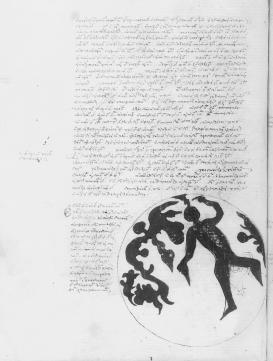The present project continues the process of decentralisation of existing history of science narratives and introduces Byzantium and the Black Sea region as important agents in the story of medieval Afro-Eurasian thought concerning the moon, its surface, its phases, its celestial movement, the nature of its light and its role in the occurrence of eclipses (both lunar and solar). The project treats lunar representations (diagrammatic and illustrative) as intrinsic drivers of the theories expounded by the accompanying texts, and as spaces where scientific arguments are developed in ways which the linear and sequential structure of a narrative does not support. Thus, while it chooses the moon and its diagrammatic and illustrative representations as a core case study, the project also explores the role representation plays in the construction and display of cosmological and astronomical models during the Middle Ages. To this end, the project will offer the first typology of lunar representations preserved in Byzantine and South Slavonic manuscripts and will analyze the resulting dataset as embedded in a network of knowledge transfer and exchange with the wider Slavonic world and the Black Sea and Caucasus regions throughout the medieval period. Thus, Byzantine examples will not be studied in isolation, but rather as a significant node in a wider network of cosmological and astronomical thinking and manuscript production.

A study of the dark figure on the lunar surface; Demetrios Triklinios’s Selenography. Paris, Bibliothèque nationale de France, graecus 2381, f. 78v, last quarter of the fourteenth century.
Project
(2022)
